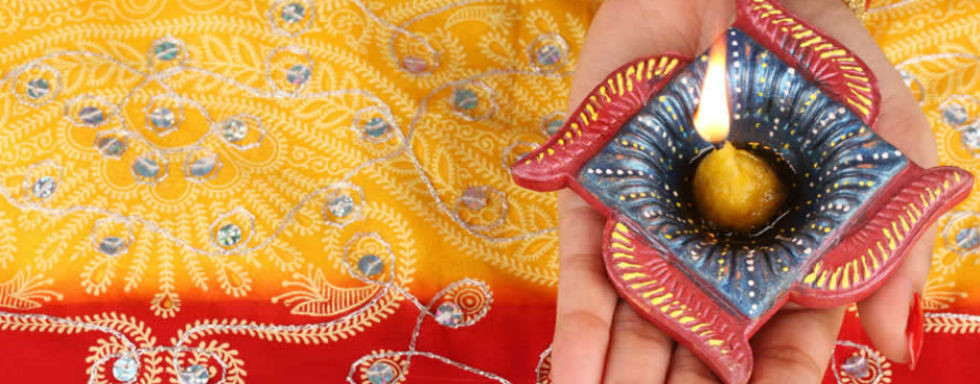The name Kali derives from the Sanskrit root word Kal meaning time. Nothing escapes from time. Her Tibetan Buddhism counterpart is named Kala, a male figure. Of the Hindu goddesses, Goddess Kali Ma is the most misunderstood. The Encyclopedia Britannica is very mistaken in this quote, “Major Hindu goddess whose iconography, cult, and mythology commonly associate her with death, sexuality, violence, and, paradoxically in some of her later historical appearances, motherly love.”
It is partially accurate to say the Goddess Kali Ma is a goddess of death. However, She brings the death of the ego as the delusional self-centered view of reality. Nowhere in the sriptures is She seen killing anything but demons nor is She associated exclusively with the process of human dying like Yama the Hindu god of death. Both Goddess Kali Ma and Shiva are said to inhabit cremation grounds and devotees often go to these places to meditate. The purpose is not to glorify death but to overcome the I-am-the-body idea. The cremation grounds reinforce the idea that the body is a temporary. Kali and Shiva are said to dwell in these places because it is our attachment to the body that gives rise to the ego. Kali and Shiva give liberation by dissolving the illusion of the ego. Thus we are the ever-existing I AM and not the impermanent body. This is emphasized by the scene in the cremation grounds.
Out of all the Devi forms, Kali is the most compassionate because She provides moksha or liberation to Her children. She is the counterpart of Shiva. They are the destroyers of unreality. When the ego sees Mother Kali it trembles with fear because the ego sees in Her its own eventual demise. An individual who is attached to his/her ego will not be able to receive the vision of Mother Kali and She will appear in a fear invoking or “wrathful” form. A mature soul who engages in spiritual practice to remove the illusion of the ego sees Mother Kali as very sweet, affectionate, and overflowing with incomprehensible love for Her children.
Ma Kali wears a garland made of 52 skulls and a skirt made of dismembered arms because the ego comes out of identification with the body. In fact, we are beings of spirit and not flesh. So liberation can only prevail when our attachment to the body comes to an end. Therefore, the skirt and garland are trophies worn by Her to represent the liberation of Her children from attachment to the finite body. In two of Her hands, She holds a sword and a freshly severed head that is dripping blood. This represents a great battle in which she defeated the demon Raktabija. Her black (or sometimes dark blue) skin represents the womb of the unmanifest from which all of creation is born and into which all of creation will eventually return. Goddess Kali Ma is depicted as standing on a white skinned Shiva who is lying beneath Her. His white skin is in contrast to Her black or sometimes dark blue skin. He is showing a blissful detached look on His face. Shiva is pure formless awareness sat-chit-ananda (being-consciousness-bliss) while She represents “form” eternally sustained by the underpinning of pure awareness.

Comments are closed.